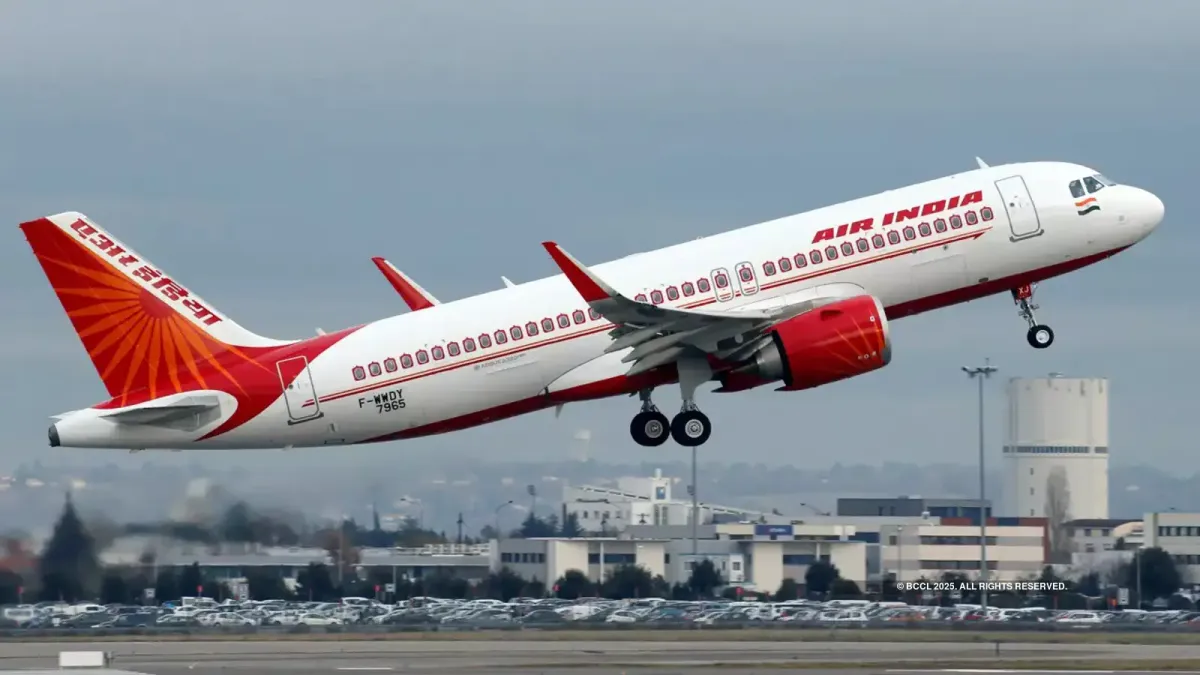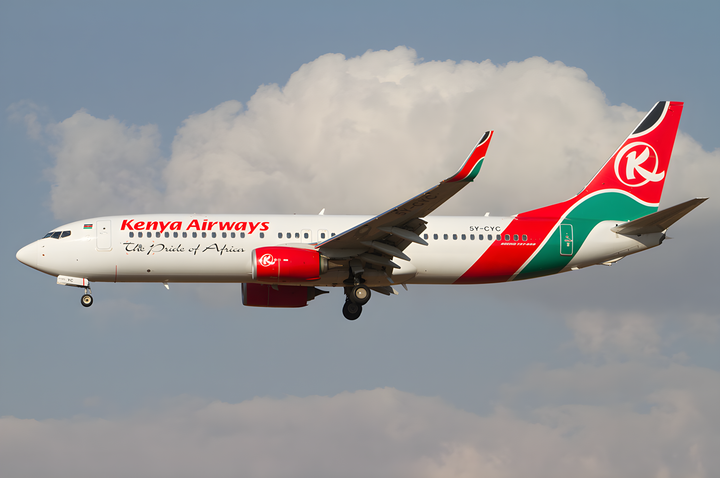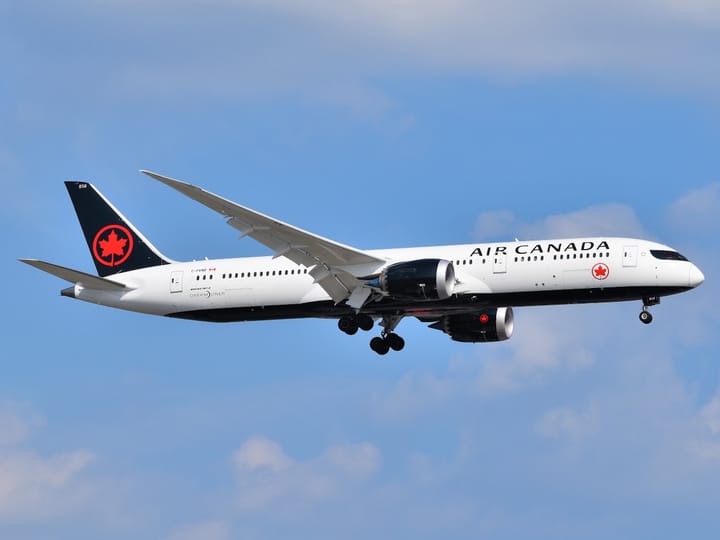Air India’s Spring Cleaning: Out with Old 777s, In with Shiny New Jets
Air India is sending back five fuel-hungry Boeing 777-200LRs, swapping them for bigger 777-300ERs and sleeker Airbus A350s as part of its fleet glow-up.

In aviation, airplanes aren’t just giant metal tubes with wings - they’re like the big-ticket players in a very expensive game of chess. And right now, Air India is making a bold move on the board: it’s sending back five Boeing 777-200LRs leased from Delta Air Lines, all due to be returned by March 2026.
On paper, sure, it looks like nothing more than a lease quietly ending. But if you zoom out, it’s really Air India saying: “Thanks for the ride, but these planes are fuel-hungry, high-maintenance, and honestly… we’ve got newer, flashier models on the way.”
Why This Matters
The 777-200LR was once the rockstar of the skies - the “Worldliner” that could fly practically anywhere without stopping. Delta used them for marathon routes before leasing five to Air India in 2022.
And for a while, it gave Air India bragging rights with nonstop flights to places like San Francisco. But these aircrafts get expensive. They become older, tougher to maintain, and not exactly what you’d call fuel-efficient. Now that Air India is in makeover mode under the Tatas, the airline clearly doesn’t want to spend time babysitting these jets, when it can build a sleeker, more reliable fleet instead.
And when you’ve got newer options like the Boeing 787 Dreamliner or the Airbus A350 that can do the same job more efficiently, why hold on to the drama?
Air India’s Fleet Reality Check
Today, Air India has about 187 aircraft in its stable - 127 narrow-bodies for regional hops and 60 wide-bodies for the big international runs. Among those wide-bodies:
- 22 Boeing 777s (a mix of 200LRs and 300ERs)
- 32 Boeing 787 Dreamliners
- 6 Airbus A350s (the newest kinds on the block)
Once these leased Delta planes pack their bags and fly home, Air India will only have three 777-200LRs left in its closet. That’s not much when you’re talking about running long-haul routes across oceans. So, the heavy lifting will move over to the bigger 777-300ERs, which can carry more people (and luggage, of course), and the shiny new Airbus A350s, which are sleeker, quieter, and kinder to the fuel bill.
And then there’s the real headline move: Air India’s jaw-dropping order of 470 brand-new aircraft in 2023 - one of the biggest shopping sprees in aviation history. The airline clearly isn’t just planning for today; it’s setting itself up for a complete glow-up in the next few years.

What This Means in Practice
- Route Shuffle: Some of Air India’s U.S. flights are already trading in the older 777-200LRs for the bigger 777-300ERs. Take the Delhi–San Francisco nonstop: it used to be flown by a 200LR, but now a 300ER is doing the heavy lifting. Same route, same long Pacific haul - just with a plane that has more seats, fewer maintenance tantrums, and a bit more efficiency.
- Simpler Operations: Fewer aircraft types mean pilots train faster, mechanics chase fewer spare parts, and schedulers avoid chaos. It’s the kind of streamlining Air India needs under the Tata Group’s Vihaan.AI transformation plan. As Reuters notes, cutting clutter is housekeeping at its finest - and a smart way to prep for global ambitions.
- Competitive Edge: IndiGo’s giant order of 500 A320neos and Akasa’s global ambitions mean Air India can’t afford to waste cash babysitting tired jets.
A Global Trend
It’s not just Air India saying goodbye to older wide-bodies. Delta itself is phasing in Airbus A350s as its long-haul stars, while United has doubled down on the Dreamliner with a record-breaking order. The once-legendary 777-200LR, which even set records for nonstop flights, is slowly becoming yesterday’s news.
Bottom Line
This isn’t a scandal. It’s a smart spring-cleaning exercise. Air India is trading in drama-queen aircraft for leaner, more reliable workhorses. The airline that once survived on patchwork fleets and aging interiors is finally acting like a global player - choosing efficiency and scale over nostalgia.
So, the next time you book Delhi–San Francisco, don’t panic if you don’t see “200LR” on your boarding pass. Chances are you’ll get a roomier 777-300ER or a shiny new A350. Same view from 35,000 feet - just with fewer mechanical tantrums.
If you love staying ahead in aviation, keep up with us - follow our blog for the latest news and analysis.





Comments ()